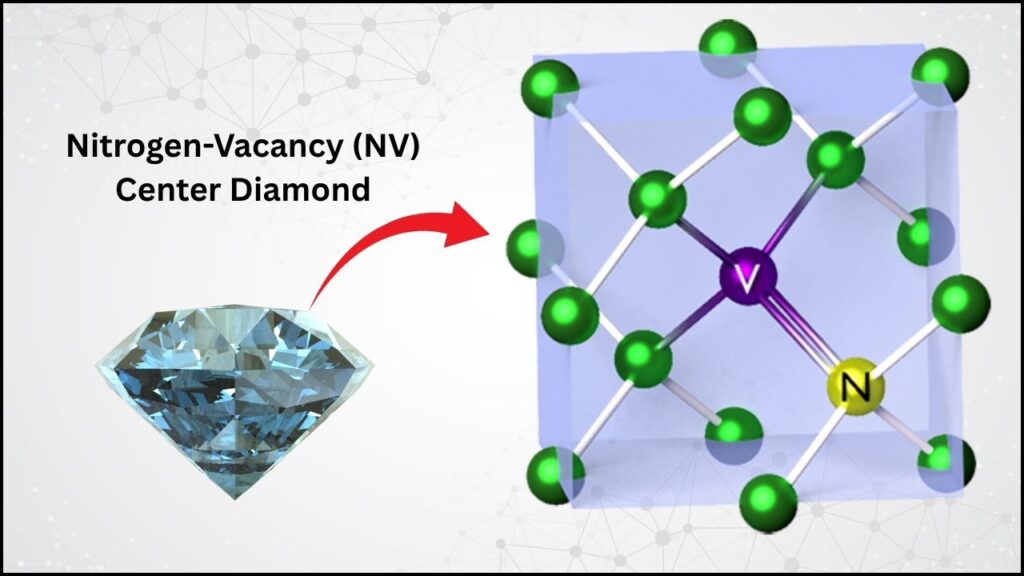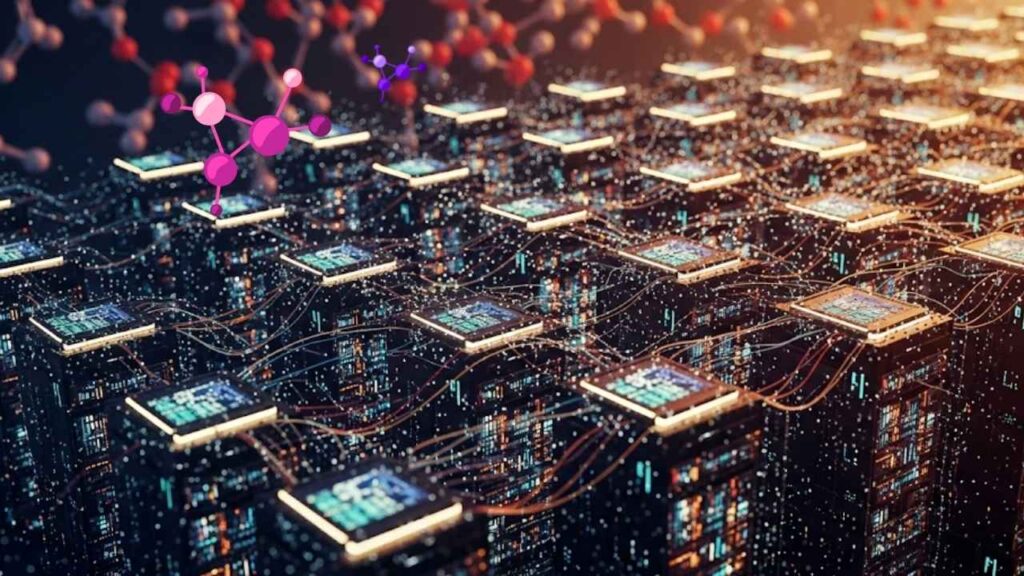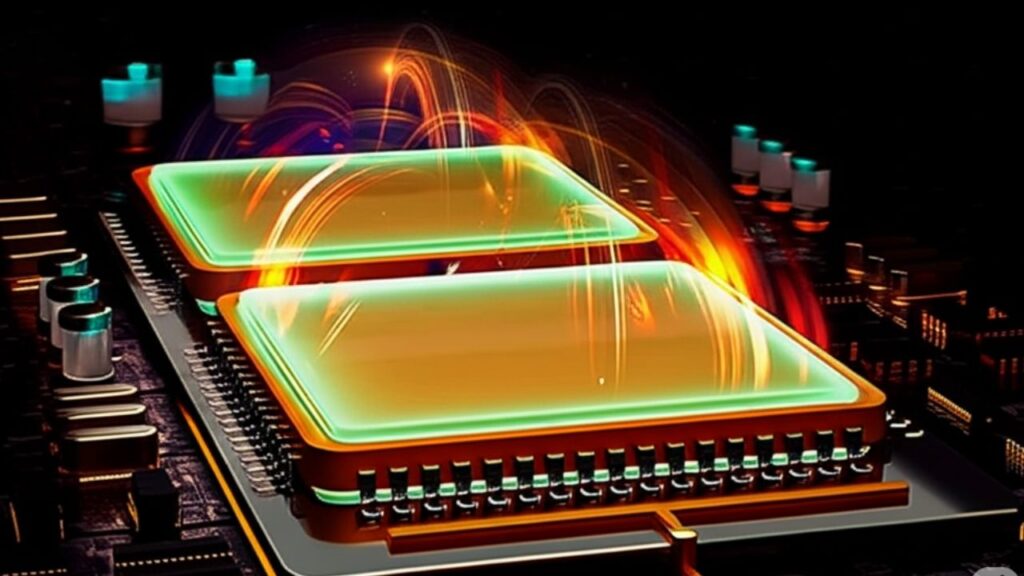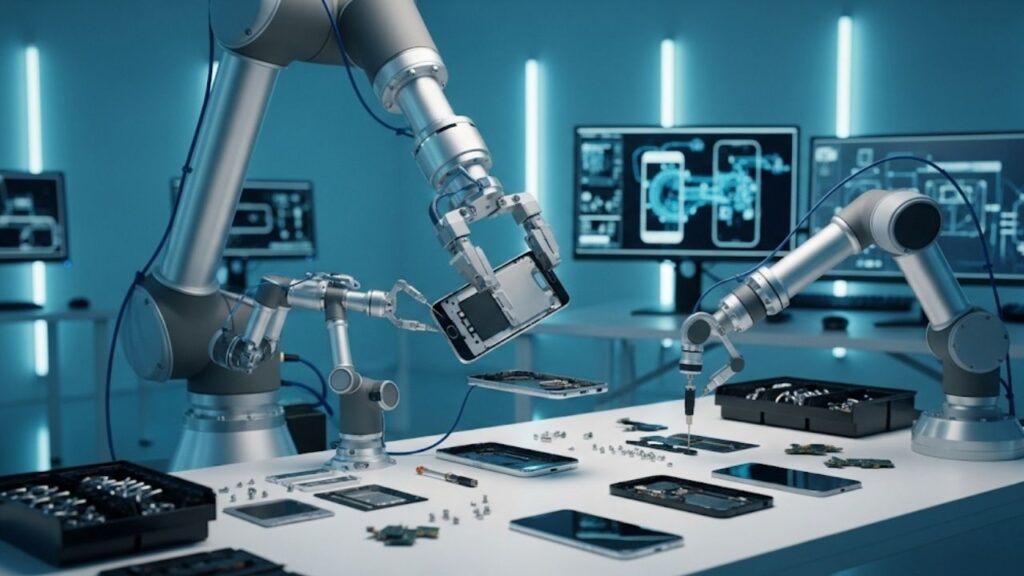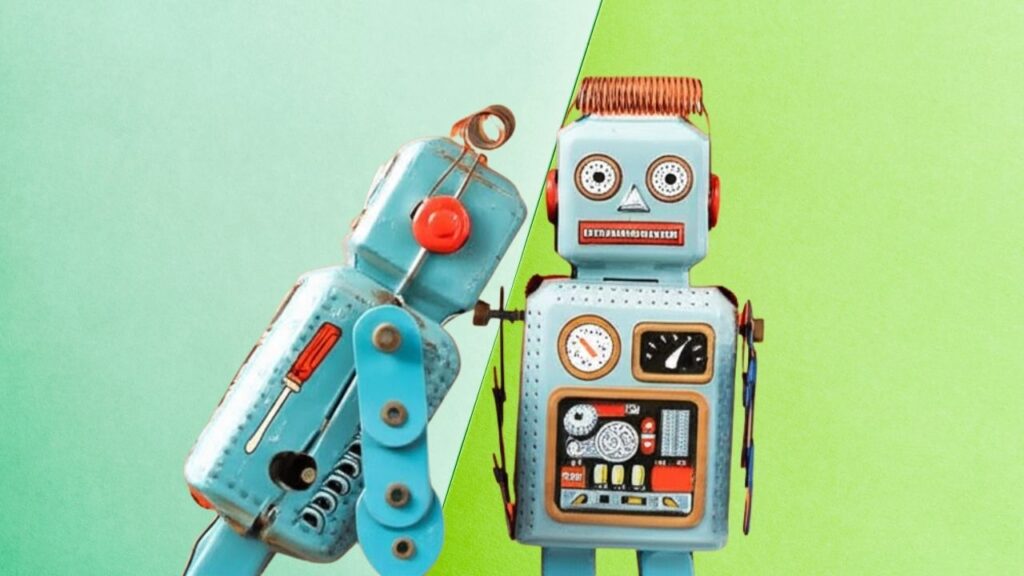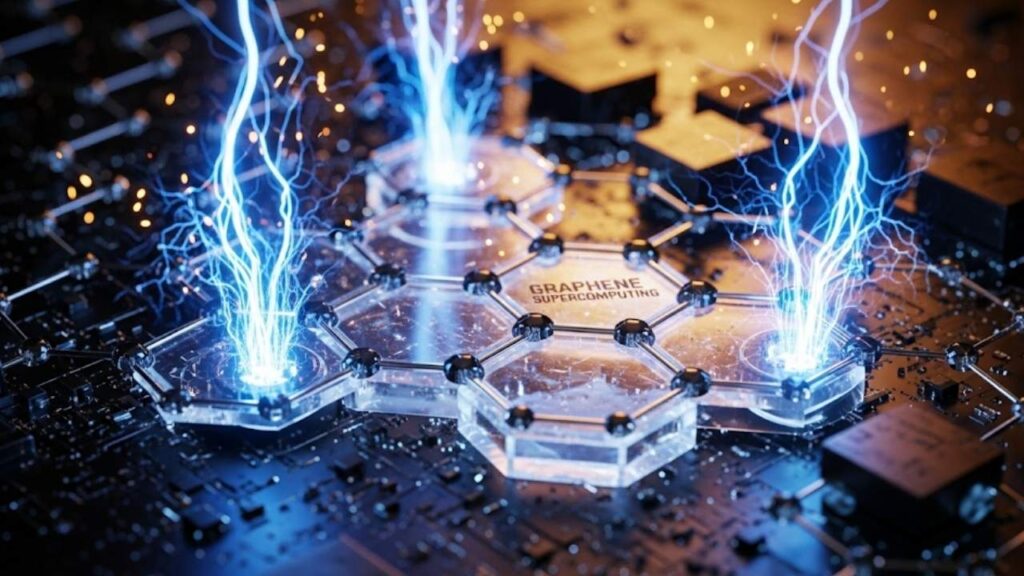Quantum computing has been captivating imaginations for years, promising to revolutionize fields from medicine to finance by solving problems classical computers simply cannot. But building practical quantum computers is an immense challenge, mainly due to the delicacy of quantum information and the difficulty of connecting quantum bits, or qubits. Recently, a breakthrough has demonstrated that quantum computers can operate effectively even with imperfect links between their components, opening new avenues for scalable quantum machines.

This article will explore what this breakthrough means, explain the essential concepts behind quantum computing modular architectures, and guide readers—whether beginners or professionals—through the practical significance, technical details, and future prospects of this advance. Along the way, clear examples and relevant statistics will help illuminate why this development is a compelling step forward for quantum technology.
Table of Contents
Quantum Computers Can Work Even With Imperfect Links
| Aspect | Details |
|---|---|
| Breakthrough | Quantum computers can function efficiently with imperfect inter-chip links in modular setups |
| Link Performance | Achieved 99.999993% fidelity with 2424 qubit transfers per second |
| Modular Quantum Computing | Uses smaller, interconnected quantum modules instead of one large chip |
| Practical Impact | Facilitates quantum computers with millions of qubits for real-world applications |
| Quantum Interconnect Technology | Electric field links (“UQ Connect”) enable qubit transfer between microchips |
| Cooling Requirements | Cryogenic systems maintain qubit stability near absolute zero |
| Fault Tolerance | Modular design isolates errors and improves overall system reliability |
The recent breakthrough proving that quantum computers can work effectively even with imperfect links between modules is a significant milestone in the quest for scalable, practical quantum machines. By enabling modular quantum architectures with robust quantum links, researchers have opened the door to constructing larger and more fault-tolerant quantum processors. This advance moves the field closer to realizing the full potential of quantum computing, offering solutions to problems currently beyond the reach of classical technology.
As quantum computing continues to evolve, modularity will play a crucial role in bridging the gap between theoretical promise and real-world impact—powering advances in science, industry, and technology for years to come.
What Is Quantum Computing?
To appreciate the breakthrough, we first need to understand the basics of quantum computing. Unlike classical computers that use bits—either 0 or 1—to process data, quantum computers use qubits that can represent 0, 1, or both at the same time thanks to a quantum property called superposition. Another important quantum principle is entanglement, where qubits become linked so the state of one instantly affects the state of another, no matter the distance.
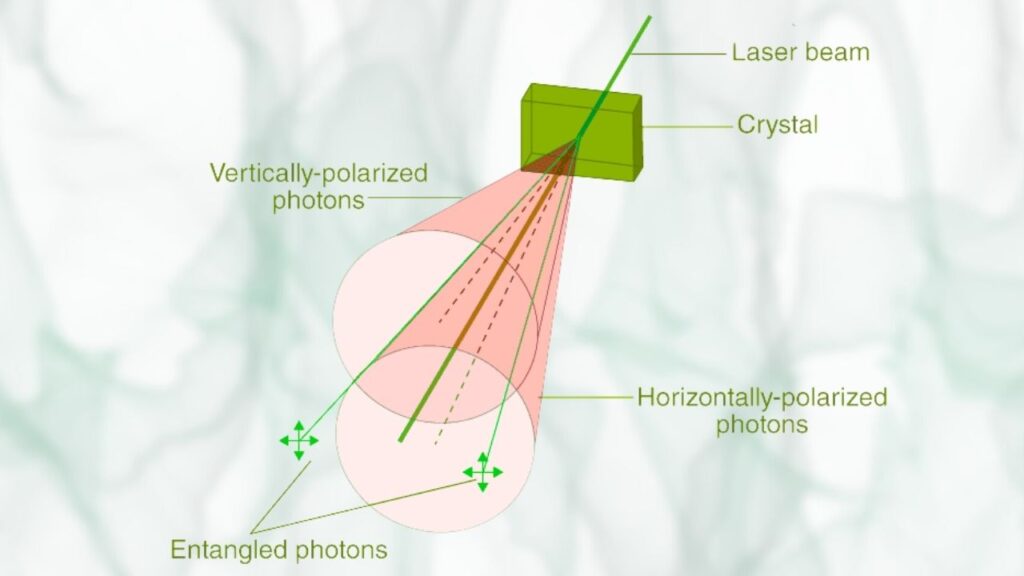
Together, these phenomena allow quantum computers to explore many possibilities simultaneously, making them incredibly powerful for certain kinds of computations such as optimization, cryptography, and simulating molecular interactions.
The Challenge: Building Large Quantum Computers
Building quantum computers is extremely difficult because qubits are delicate and prone to errors caused by environmental noise, equipment imperfections, or interaction flaws. Precision is paramount, and the bigger the quantum machine, the harder it is to maintain coherence—the fragile state that lets qubits stay quantum.
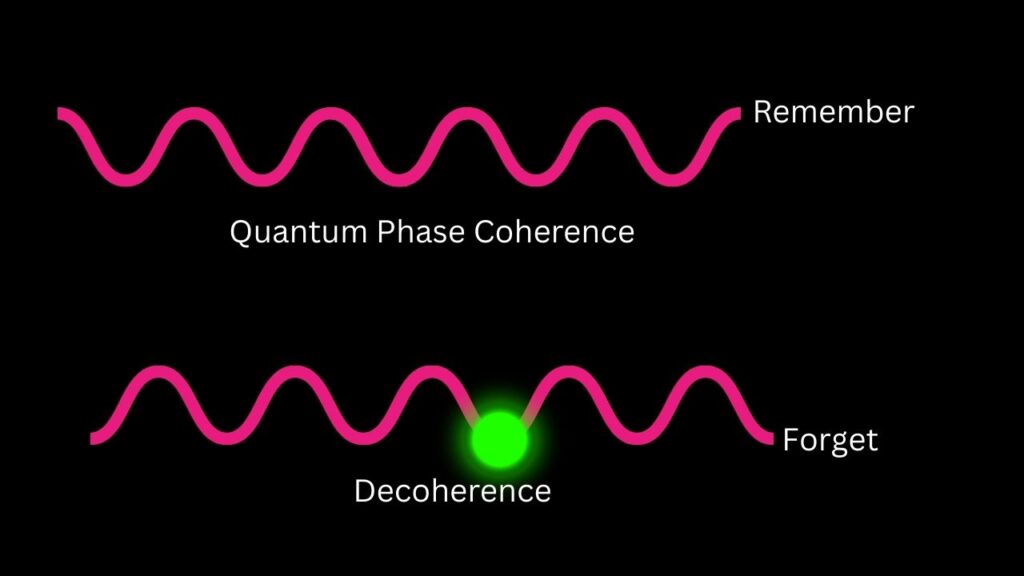
One key challenge has been how to build systems with many qubits without losing control or introducing too many errors. Traditionally, quantum computers have been monolithic, meaning all qubits sit on a single chip. As the number of qubits grows, this approach faces physical limitations related to stability, manufacturing complexity, and error rates.
Modular Quantum Computing: A New Hope
In response, researchers have developed modular architectures, where quantum systems are made of smaller, independent modules or chips that are connected together. Think of it like building with LEGO bricks: rather than making one huge block, you assemble many smaller pieces that fit and work together.
Each module can perform quantum operations on its own, and they communicate through quantum links that transfer qubits between chips. This modularity makes scaling up easier, as engineers can improve or replace individual modules without redesigning the whole system. It also helps isolate errors because noise or malfunctions in one module are less likely to affect the entire computer.
The Breakthrough: Imperfect Links Can Still Work
Until recently, a major concern was that quantum links between modules had to be almost perfect to maintain the delicate quantum states of qubits. Imperfections were thought to seriously degrade performance or cause computation failures.
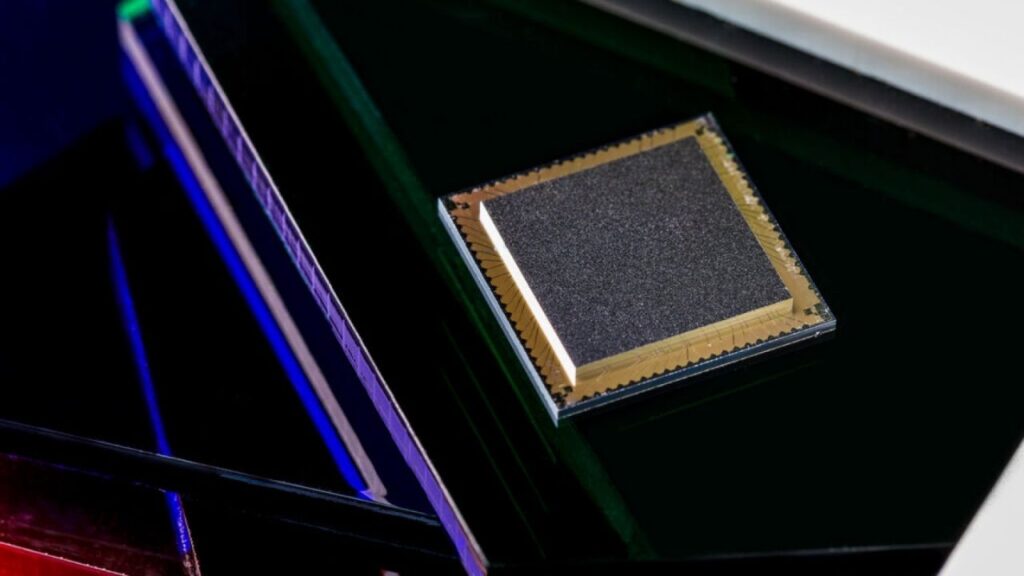
However, a recent breakthrough by the University of Sussex and Universal Quantum has shown that quantum computers can function reliably even when these inter-chip connections aren’t perfect. They used a technology called “UQ Connect”, which creates electric field links that transfer qubits between microchips at world-record speed and accuracy—achieving a 99.999993% success rate for qubit transfers with a throughput of 2424 transfers per second.
This confirms that modular quantum computers can be built with practical, imperfect links, dramatically expanding their viability for scaling toward millions of qubits needed for complex real-world tasks.
How Does This Work? Understanding “UQ Connect”
The core innovation involves linking quantum chips electrically, allowing for direct and rapid transfer of qubits without requiring perfect physical alignment or flawless transmission mediums. This method offers several advantages:
- High Fidelity: Quantum information is preserved with near-perfect accuracy during transfer.
- Speed: Thousands of qubits can be transferred per second, supporting fast computational processes.
- Scalability: Modules can be connected like puzzle pieces, enabling construction of larger quantum processors incrementally.
- Robustness: The architecture tolerates small errors in the links without disrupting overall operations.
Why Modular Quantum Computers Matter
Scaling up quantum computing power is critical for the technology’s future. Current quantum processors mostly have tens or hundreds of qubits, suitable for research but not yet for large-scale applications such as:
- Simulating complex molecules for drug discovery.
- Optimizing traffic flow in smart cities.
- Breaking or enhancing encryptions.
- Solving advanced machine learning problems faster than classical computers.
Modular architectures offer a practical roadmap to overcome hardware limits, extending quantum computing from scientific curiosity to industrial-grade tools. Their fault-tolerant design means the systems stay operational even with hardware imperfections, which is essential for reliability.
Practical Guide: How Modular Quantum Computers Are Built and Used
1. Modular Chip Fabrication
Quantum engineers design and build small microchips with qubits using superconducting circuits, trapped ions, or photonic technologies. These chips need to perform quantum gates (basic operations) with high precision.
2. Interconnecting Chips with Quantum Links
Modules are connected via quantum interconnects—electrical fields, photons, or microwaves—that transfer qubits between chips preserving quantum properties.
3. Cooling Infrastructure
Qubits require extremely low temperatures (close to absolute zero) to maintain coherence, achieved with cryogenic refrigeration systems that shield qubits from environmental noise.
4. Error Correction and Control
Quantum error correction codes detect and fix errors without collapsing qubit states. Control systems orchestrate gate operations, calibration, and feedback for stable performance.
5. Software and Compilation
Specialized software compiles quantum algorithms into instructions optimized for modular hardware, minimizing inter-module communication to reduce error susceptibility.
6. Application Deployment
Scientists and companies run tailored quantum algorithms to tackle problems in chemistry, finance, logistics, and AI, leveraging the modular quantum computer’s power.
Scientists Discover Neglectons That Could Transform Quantum Computing Forever
Projective Measurements Unlock New Power in Quantum Computing With Anyon Braiding
Breakthrough: Scientists Unlock Universal Quantum Computing With Exotic Anyons
FAQs About Quantum Computers Can Work Even With Imperfect Links
Q1: What is a qubit?
A: A qubit is the basic unit of quantum information. Unlike a classical bit that can be 0 or 1, a qubit can be in a state of 0, 1, or both simultaneously, thanks to superposition.
Q2: Why are links between quantum modules important?
A: Links allow qubits on different chips to interact and share information, enabling a larger quantum computer composed of multiple smaller parts.
Q3: What does “imperfect links” mean?
A: It means the connections between quantum modules are not flawless but still good enough to maintain the integrity of quantum information during transfer.
Q4: How many qubits do modular quantum computers have or will have?
A: Current research prototypes have hundreds of qubits per module, and future systems aim to connect millions to solve practical problems.
Q5: Can quantum computers replace classical ones soon?
A: No, quantum computers complement classical machines by solving specific complex problems faster, but classical computers will still be essential for general tasks.

